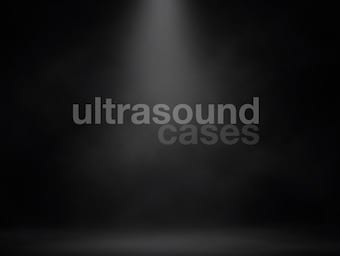
Pneumothorax Case 2
A 16 year old woman presents with pleuritic chest pain and a slight sensation of dyspnoea. What does this ultrasound show?

A 16 year old woman presents with pleuritic chest pain and a slight sensation of dyspnoea. What does this ultrasound show?

Manes Kartagener (1897 - 1975) was an Austrian-Swiss physician. First to report the triad of situs inversus, chronic sinusitis and bronchiectasis in 1933 – Kartagener syndrome.

Insights and summary of Issue 5 (Vol. 25) of Emergency Medicine Australasia published from Andrew Gosbell & Tony Brown
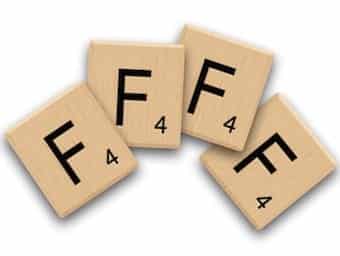
Funtabulously Frivolous Friday Five 169 - Just when you thought your brain could unwind on a Friday, some medical trivia FFFF.

An elderly patient with a history of mild COPD presents after falling onto a chair and hitting their chest. The presentation is with chest pain and shortness of breath. What does this scan demonstrate?
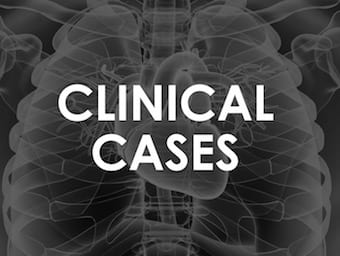
Intra-aortic Balloon Pump Trouble-shooting QA cardiovascular curveball. Your patient has poor cardiac output after CABGx4 and starts IABP

49 year female old smoker with two weeks of increasing shortness of breath. She is treated for pneumonia on the ward but getting worse.

Insights and summary of Issue 4 (Vol. 25) of Emergency Medicine Australasia published from Andrew Gosbell & Tony Brown

The SMACC Clinician Educators Unconference will be on 25 March 2019 in Sydney (0820-1200h). Sign even if you are not at the main Conference!
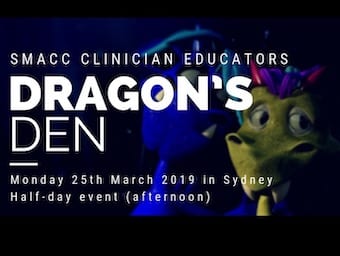
The SMACC Clinician Educators Dragon's Den will be on 25 March 2019 in Sydney (1300-1640h). Sign even if you are not at the main Conference!

Funtabulously Frivolous Friday Five 168 - Just when you thought your brain could unwind on a Friday, some medical trivia FFFF.
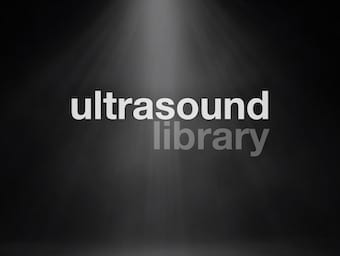
Overview of subcutaneous emphysema with image techniques, differential diagnosis and links to clinical cases